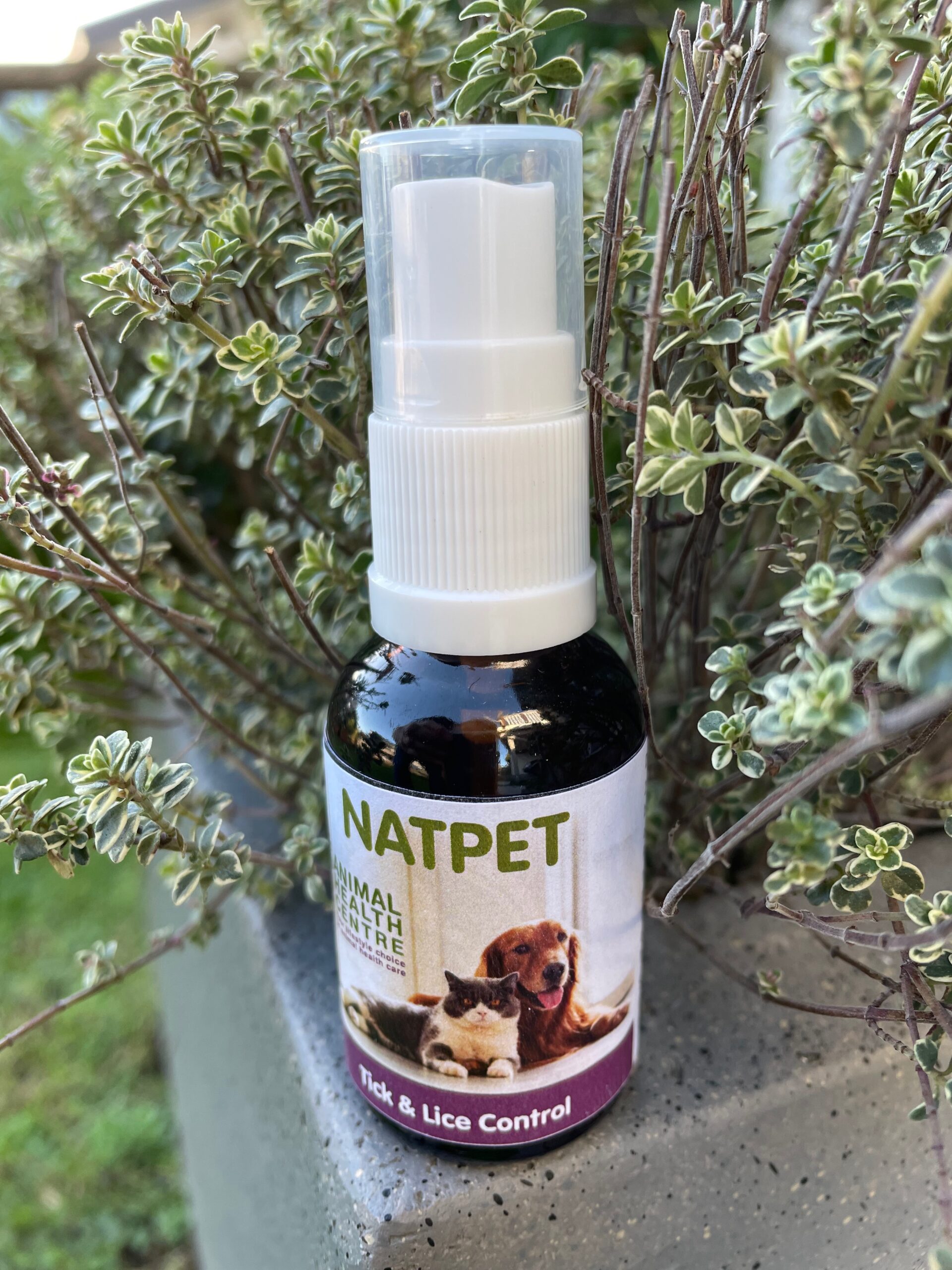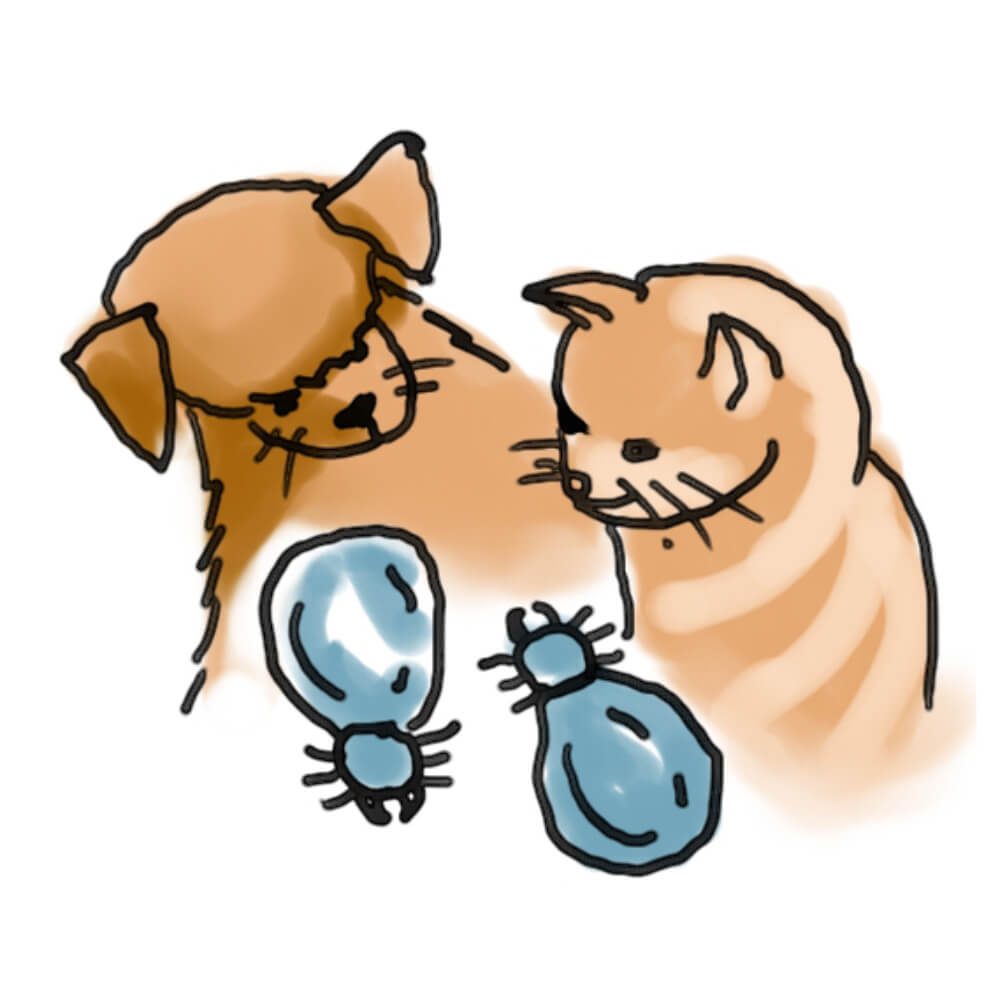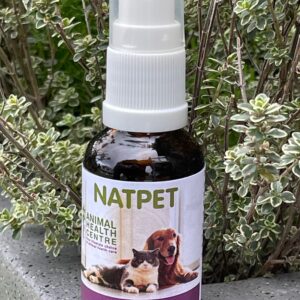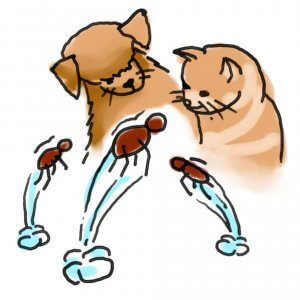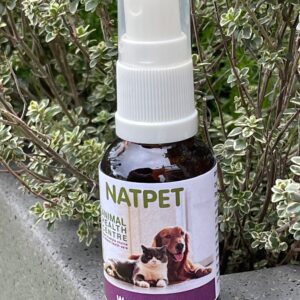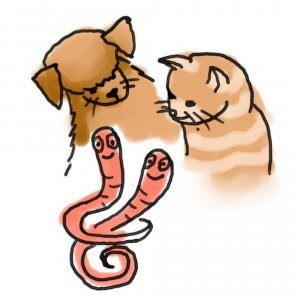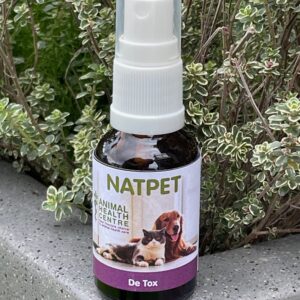Call us 027 448 3322
Description
Directions: 2-4 sprays into water bowl daily for 3 consecutive days. Repeat weekly as necessary. (If using a trough add 1 ml daily). If symptoms persist consult your animal health practitioner.
Store in a cool dry place away from sunlight and strong odors.
A naturopathic combination to support response to tick & lice infestation.
Incl. Tick & Lice Nosodes, Sulph.
25 ml
ABOUT TICKS & LICE (& Poultry Mites)
There are two types of ticks in NZ – hard ticks and soft ticks. They will engorge on a wide variety of animals, including man, cattle, deer, birds, hedgehogs, mice, stoats, rabbits, cats and dogs. They do not transmit disease to humans.
There is also an introduced tick – the brown cattle tick. Hard ticks favor forests and fields where females lay eggs on the ground. Soft ticks like sheltered habitats and will hide in the nests
of hosts. The female lays 1000 – 2000 eggs in a sheltered spot and then dies. In New Zealand, the whole life cycle can take a year to complete. High temperature and relative humidity maximises the speed of development.
Cold is the major factor affecting tick distribution. Climate change has seen tick distribution change dramatically. Ticks remove blood and may cause anemia. At this stage, NZ ticks do not transmit disease, but they can transmit bacteria and viruses.
Removal of Ticks
Ticks have a screw-like structure on their heads. They bore into the tissues by turning anti-clockwise and release themselves by turning clockwise. Removing them by ‘unscrewing’ appears the safest method, thus the head with its dreaded pincers will not tear off with this method, avoiding complications such as dermatitis or an abscess forming.
It may seem an easy thing to do, turning a tick to release its head but I have found the easiest method its to strike a match, blow it out and apply the hot head of the match to the body of the tick. That sure does it!
Bravecto and a few other highly toxic tick controls do work but at the expense of the health of your pet. I personally would not risk mental confusion, epilepsy or auto immune disease in my dog just for a tick. (Remember, dogs are extremely susceptible to toxic substances, more than any other pet).
Lice
There are two types of lice, biting or sucking lice, affecting stock and your dog. Puppies and older dogs are more susceptible. Nits are lice eggs.
POULTRY MITES: Like lice, mites are wingless. Mites are arachnids, not insects, so an adult mite has eight legs while an adult louse (an insect) has only six. Mites are blood suckers and can cause
anaemia in your poultry.
The Tick & Lice Control appears to work for the Red Poultry Mite but as with both Lice & Mites we recommend Diatamaceous Earth spread through bedding / nests and coats / feathers. We do not recommend giving D.E. in food.
Our tick and lice control (a homeopathic remedy made from the tick and lice) works well for pets and stock according to feedback, whether that’s given orally or (easier) put into the water bowl or trough.

